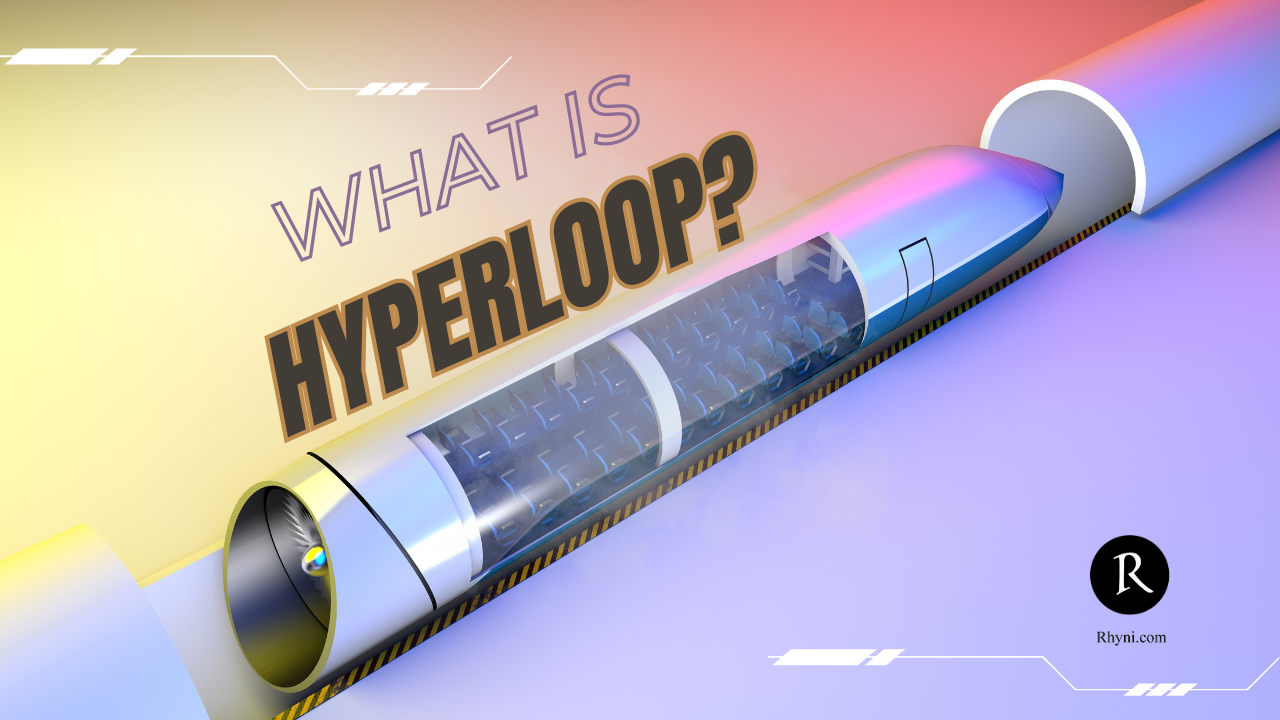Hyperloop: Revolutionizing Transportation
Transportation has evolved significantly over the years, from horse-drawn carriages to high-speed trains and airplanes. In recent times, a new concept called the Hyperloop has captured the imagination of innovators and transportation enthusiasts alike. Developed by SpaceX and Tesla co-founder Elon Musk, the Hyperloop promises to be a revolutionary mode of transportation. In this blog, we’ll explore what the Hyperloop is, its advantages, and how it compares to other transport systems.
What is the Hyperloop?
The Hyperloop is a proposed high-speed transportation system that uses a network of low-pressure tubes to transport passenger pods at incredible speeds. The concept was first introduced by Elon Musk in a 2013 white paper, and it has since gained momentum as various companies and organizations work to bring the idea to life.
Advantages of the Hyperloop
- Speed: One of the most significant advantages of the Hyperloop is its potential for blistering speeds. It is designed to travel at near-supersonic speeds, significantly reducing travel times between cities. For example, a trip from Los Angeles to San Francisco, which currently takes about six hours by car, could be reduced to just 30 minutes with the Hyperloop.
- Energy Efficiency: The Hyperloop is designed to be highly energy-efficient. It uses a combination of magnetic levitation (maglev) and low-pressure tubes to reduce air resistance, which is a major source of energy consumption in traditional transportation systems. This efficiency can make the Hyperloop a more sustainable transportation option.
- Safety: The Hyperloop’s design incorporates safety features such as emergency brakes and fail-safe systems to ensure passenger safety. Additionally, because it operates in an enclosed tube, it is less susceptible to weather-related disruptions or accidents that can affect other forms of transportation.
- Reduced Congestion: By offering a high-speed, point-to-point transportation system, the Hyperloop has the potential to reduce congestion on roads and at airports. This can lead to less traffic, shorter commute times, and a decrease in greenhouse gas emissions.
Comparison with Other Transport Systems
To truly understand the potential of the Hyperloop, it’s essential to compare it to existing transportation systems:
- High-Speed Trains: High-speed trains, like the Shinkansen in Japan and the TGV in France, are known for their speed and efficiency. However, the Hyperloop has the potential to be even faster due to its reduced air resistance, making it a compelling option for long-distance travel.
- Air Travel: While air travel is currently one of the fastest ways to cover long distances, it involves time-consuming processes like security checks and boarding. The Hyperloop’s point-to-point design and lack of airport-related delays could make it a more attractive option for shorter trips between major cities.
- Automobiles: The Hyperloop could revolutionize regional travel by significantly reducing travel times. Compared to cars, it offers a much faster and potentially more sustainable mode of transportation, reducing the need for lengthy road trips.
Challenges and Considerations
While the Hyperloop offers numerous advantages, it also faces several challenges and considerations:
- Infrastructure Costs: Building the extensive network of tubes and stations required for the Hyperloop can be costly and time-consuming.
- Technological Hurdles: Developing the technology required for the Hyperloop, including the passenger pods and the low-pressure environment, presents significant engineering challenges.
- Regulatory Approval: The Hyperloop will need to navigate complex regulatory and safety approval processes before it can become a reality.
Conclusion
The Hyperloop represents an exciting and potentially transformative development in transportation technology. With its promise of incredible speed, energy efficiency, and reduced congestion, it has the potential to revolutionize the way we travel between cities. While there are significant challenges to overcome, the Hyperloop offers a glimpse into a future where travel is faster, more convenient, and more sustainable than ever before. As the technology continues to develop, it will be fascinating to see how the Hyperloop shapes the future of transportation.
